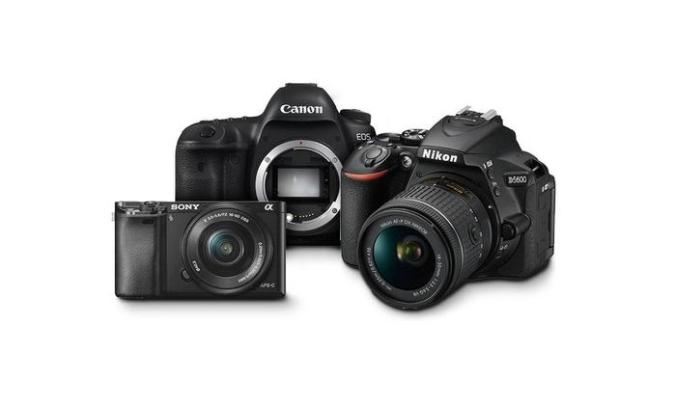Time-lapse is the place a camera captures a progression of pictures at a casing rate, most ordinarily used to indicate scenes that advance gradually. For instance, this technique could be utilized to demonstrate the development of mists or nightfall at a quicker rate than could ever be found in a characteristic setting. Sequences are winding up progressively basic in television projects, for example, news things, nature projects and title sequences.
What is time lapse?
Time-lapse permits unobtrusive procedures which are normally unthinkable for the human eye to notice to be appeared at altogether expanded paces, enabling the viewer to see an occasion that could possibly occur over days, weeks, months or even a long time in a matter of seconds or minutes with the perfect use of versatile camera trigger.
For example, a standout amongst the most generally observed employments of time-lapse is in nature programs, where blossoms are seen opening and plants are demonstrated rising up out of the ground at an extraordinarily quick rate. Indeed, even the yearly changing of the seasons can be reported and repeated in a matter of seconds.
Step by step instructions to create time-lapse footage
The way toward recording film is basic in principle. Basically, you discover a place to shoot your coveted scene from, set a rate for the camera to record at i.e. a casing for each second/minute/hour and let the camera keep running for whatever length of time that is required. Getting the strategy right can be hard yet as with anything, careful discipline brings about promising results.

Apart from the using the camera remote for time lapse, there are some key things to consider:
Do test shoots – Once you have discovered a perfect position to shoot from, complete a trial to check whether there are any unexpected impacts on the camera or viewing edge.
Shoot in an appropriate configuration – Relying upon the software used to alter the video, distinctive record writes might be required. Investigate this in advance as you would prefer not to waste a day shooting just to find that your PC can’t deal with the pictures you have captured.
Batteries – Time slipping by can require a longer battery life traverse than standard camera work, because of the drawn out stretches of time the camera will be being used for. Check the life expectancy of the camera out before whenever lapse work starts and pack all the juice you require.
Memory – Some time-lapse work can be exceptionally memory serious, and can top off a memory card rapidly. Either bring an extra or ensure your present memory card is up to the errand.
Follow us : https://www.plurk.com/plutotrigger